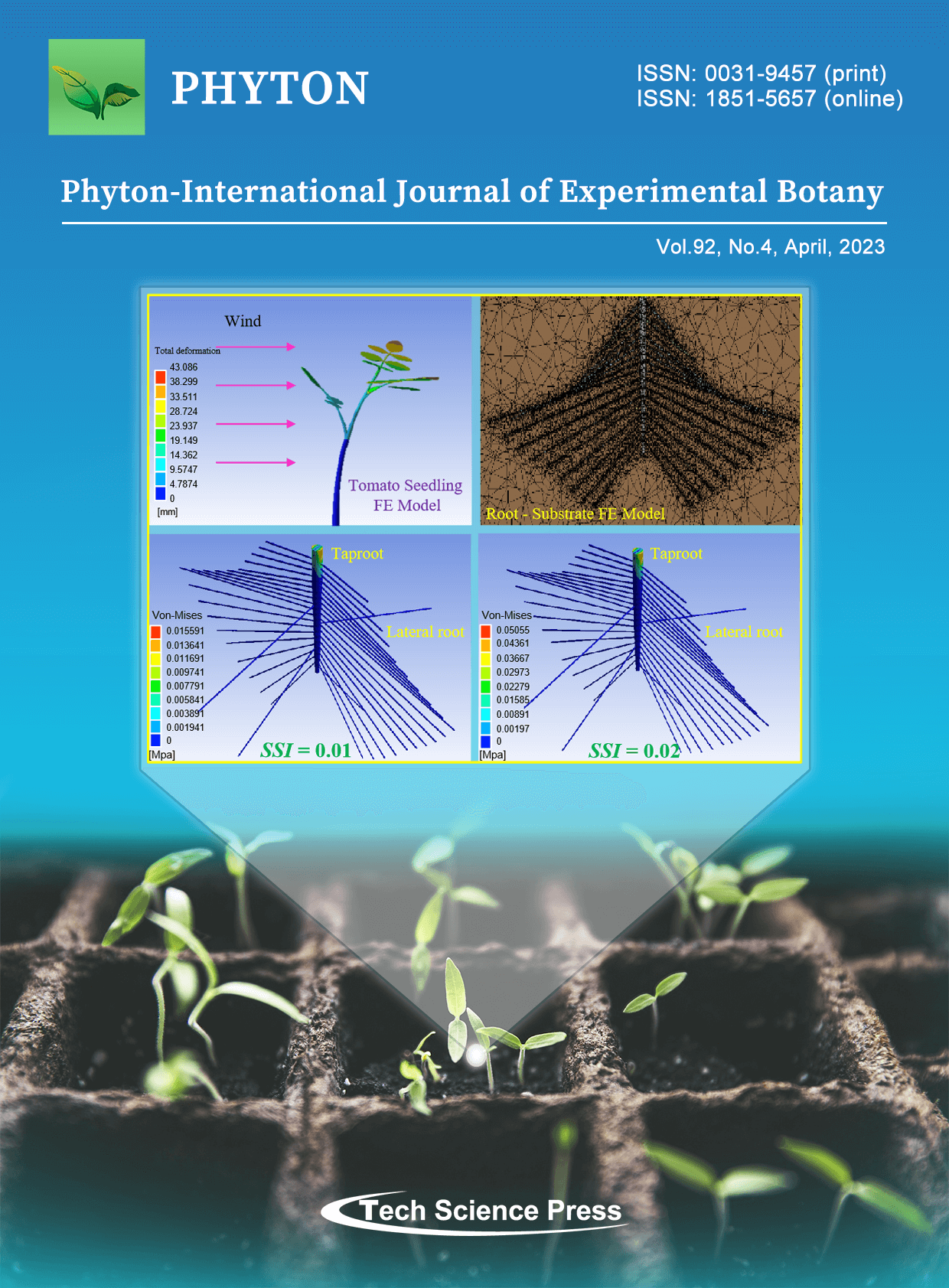Improving Quantitative and Qualitative Characteristics of Wheat (Triticum aestivum L.) through Nitrogen Application under Semiarid Conditions
Muhammad Rafiq1, Muhammad Saqib1,*, Husnain Jawad1, Talha Javed2, Sadam Hussain3,*, Muhammad Arif1, Baber Ali4, Muhammad Sultan Ali Bazmi5, Ghulam Abbas1, Marjan Aziz6, Mohammad Khalid Al-Sadoon7, Aneela Gulnaz8, Sobhi F. Lamlom9, Muhammad Azeem Sabir10, Jameel Akhtar6
Phyton-International Journal of Experimental Botany, Vol.92, No.4, pp. 1001-1017, 2023, DOI:10.32604/phyton.2023.025781
- 06 January 2023
Abstract
Nitrogen (N), the building block of plant proteins and enzymes, is an essential macronutrient for plant functions. A field experiment was conducted to investigate the impact of different N application rates (28, 57, 85, 114, 142, 171, and 200 kg ha−1) on the performance of spring wheat (cv. Ujala-2016) during the 2017–2018 and 2018–2019 growing seasons. A control without N application was kept for comparison. Two years mean data showed optimum seed yield (5,461.3 kg ha−1) for N-application at 142 kg ha−1 whereas application of lower and higher rates of N did not result in significant and
…
More >
